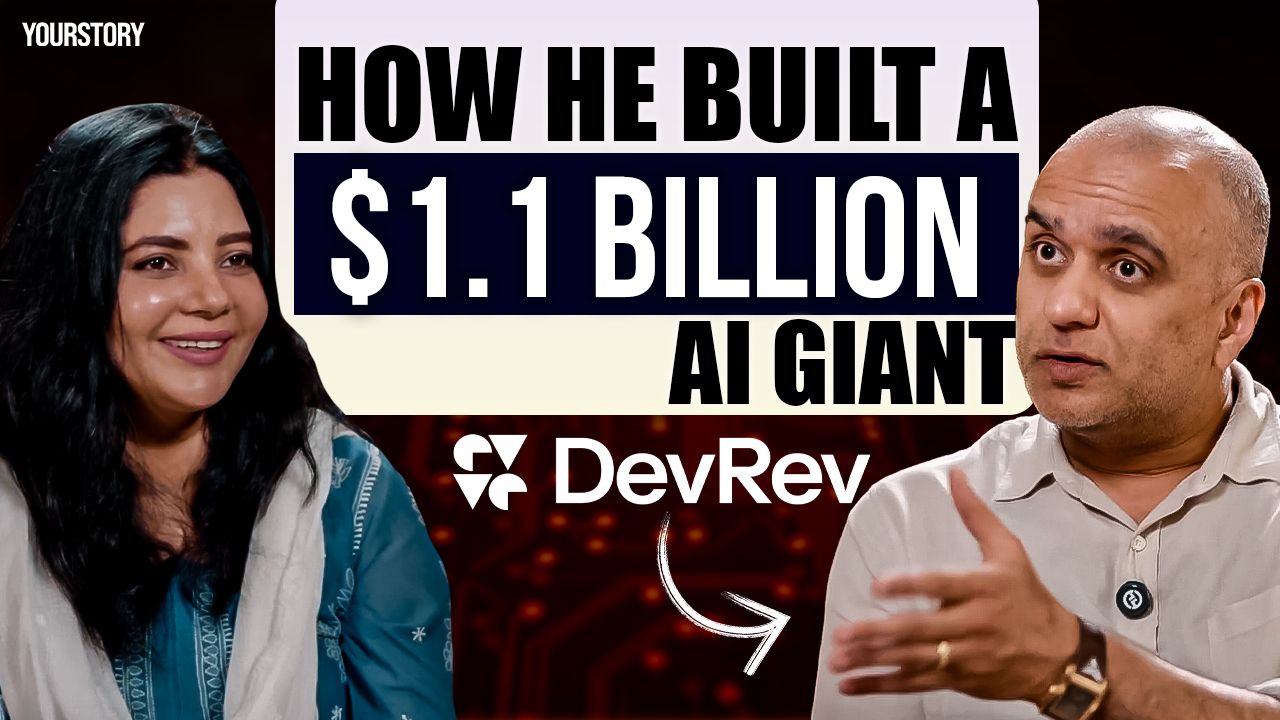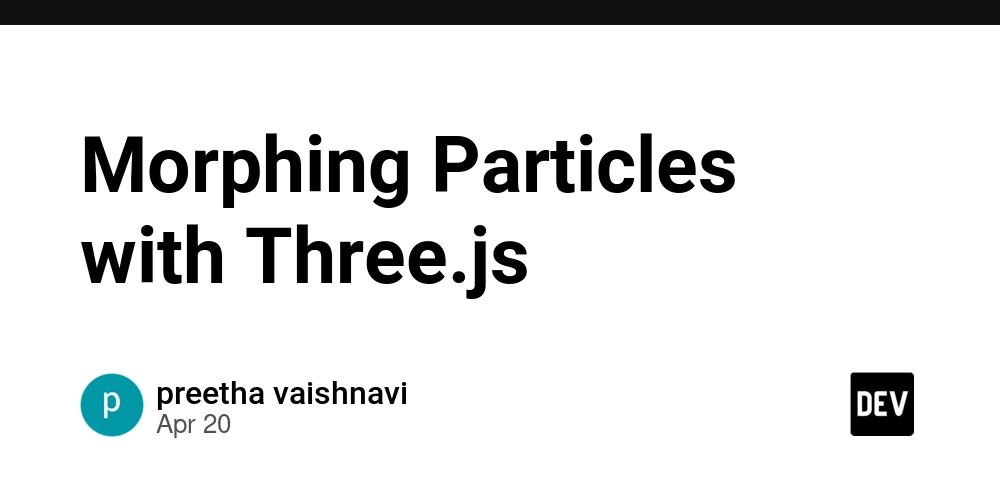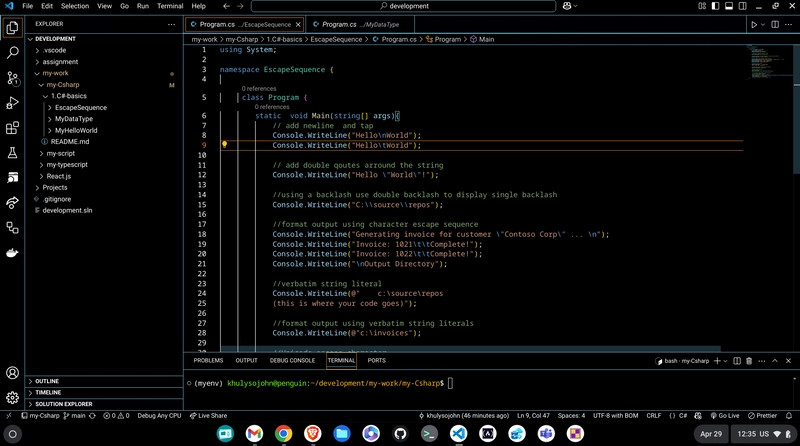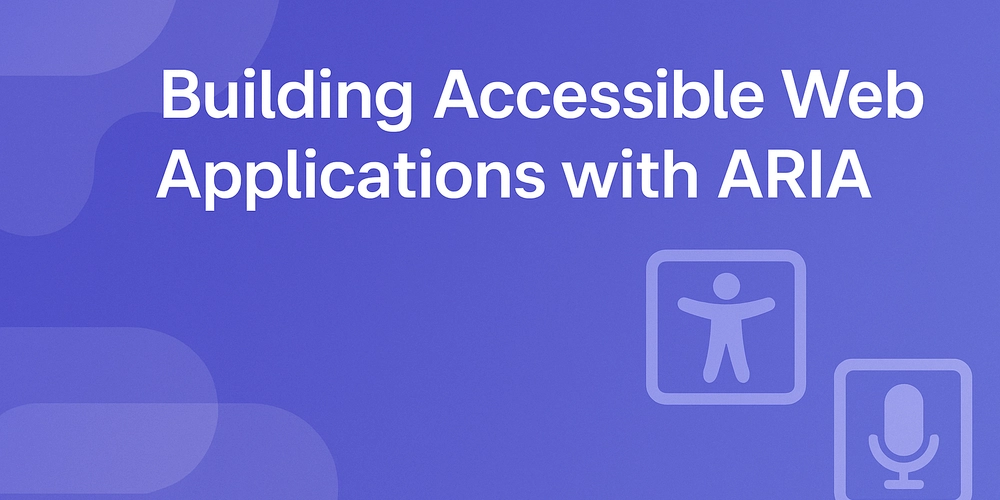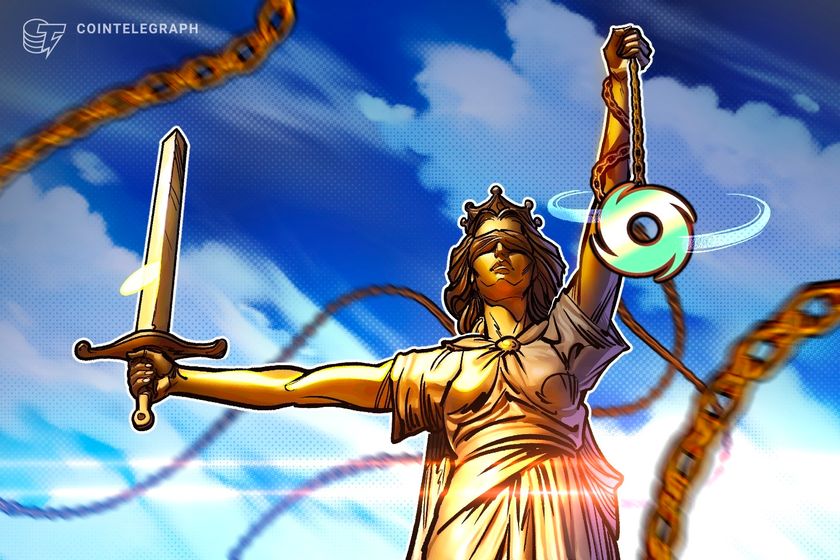Navigating Blockchain Project Funding and Token Distribution
Abstract: This post delves into the intricate world of blockchain project funding and token distribution. It provides an overview of traditional and innovative fundraising mechanisms—from ICOs and STOs to venture capital contributions—and explains the fundamentals of token distribution strategies. We also explore real-world applications, challenges, and emerging trends that are shaping the blockchain ecosystem. With tables, bullet lists, and well-structured headings, this post is designed to engage both technical experts and newcomers, helping them understand how strategic funding and careful token distribution can set the stage for long-term success. Introduction Blockchain technology has revolutionized the way we think about transactions, trust, and decentralization. Projects built on blockchain open doors to new funding methods and token distribution models that challenge traditional financial paradigms. Today, as blockchain continues to evolve, understanding funding strategies and tokenomics is crucial for any project aiming for long-term success. In this post, we explore various blockchain project funding methods, such as Initial Coin Offerings (ICOs), Security Token Offerings (STOs), and Initial Exchange Offerings (IEOs). We also discuss the strategic elements of token distribution, including vesting periods and regulatory considerations. For additional details on the foundational aspects, please refer to the Original Article. Background and Context Before diving into the specifics, it is important to understand the historic evolution of project funding in the blockchain space. In the early days, ICOs provided a revolutionary way to raise capital by issuing tokens directly to investors. As regulatory scrutiny increased, newer models like STOs and IEOs emerged, shifting the landscape towards more secure and compliant funding methods. Key Definitions Blockchain: A distributed ledger technology that ensures data integrity through cryptographic hashing and decentralization. Token: A digital asset that can represent a variety of assets or utilities. Tokenomics: The economic model underpinning the creation, distribution, and long-term utility of tokens. Vesting Periods: Lockup schedules that help align incentives among project teams, investors, and community members. Ecosystem Context Blockchain projects function in a dynamic ecosystem, where funding must contend with a mix of market volatility, evolving regulations, and security threats. Key stakeholders include individual investors, venture capitalists, and even traditional financial institutions, each playing distinct roles. Venture Capital (VC), for instance, offers not only funding but also transformative strategic guidance and credibility within the industry. For an in-depth look at VC impact, consider reading about its role in blockchain here. Core Concepts and Features This section presents a detailed analysis of the methodologies driving blockchain project funding and token distribution. Below are the core concepts and features: Blockchain Project Funding: Methods and Models Modern blockchain projects utilize several funding models to match their growth trajectory, including: Initial Coin Offerings (ICOs): ICOs are the pioneer method where tokens are sold to the public in exchange for cryptocurrencies. They offer high liquidity, but regulatory challenges and scams have raised caution. Learn more about ICOs on Cointelegraph. Security Token Offerings (STOs): STOs represent a more regulated approach where tokens are backed by real-world assets, offering investor protections. More on STOs is available here. Initial Exchange Offerings (IEOs): IEOs involve token sales through cryptocurrency exchanges, providing added trust from the platform’s security measures. Explore IEOs further here. Venture Capital and Traditional Funding: Apart from decentralized methods, blockchain projects also attract funding from venture capital. This type of funding not only provides capital but also strategic mentorship and compliance support. Token Distribution Strategy A well-planned token distribution strategy is essential to maintain alignment and fairness within the ecosystem. Key elements include: Vesting and Lockup Periods: These periods prevent sudden token dumps and ensure that team members and investors remain committed over time. Detailed guidelines can be found here. Regulatory Compliance: Navigating different regulatory frameworks is a critical component. Projects must balance compliance and innovation while ensuring transparency. Regulatory challenges are explored in this Forbes article. Tokenomics Fundamentals: Understanding token economics is vital for positioning a project for success. The principles of token distribution, including supply mechanisms and emission schedules, are discussed here. Integration with the Broader Blockchain Ecosystem
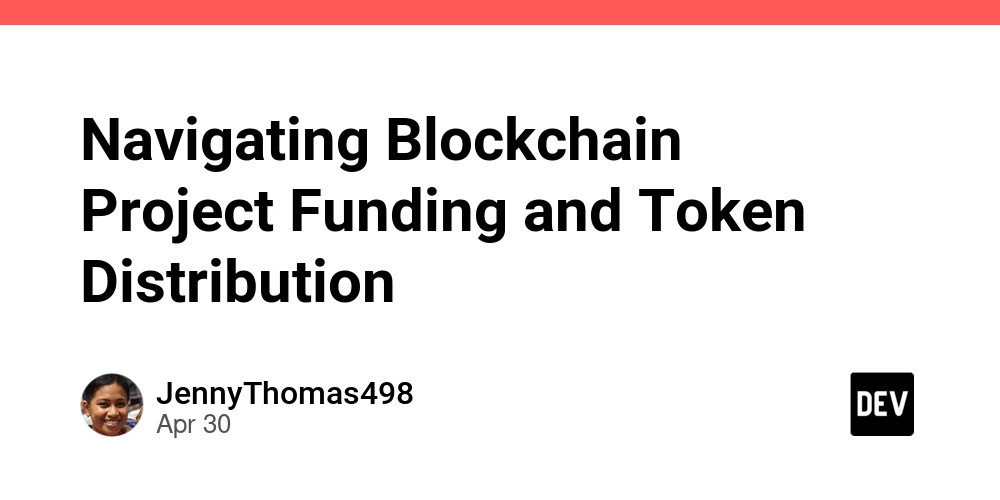
Abstract:
This post delves into the intricate world of blockchain project funding and token distribution. It provides an overview of traditional and innovative fundraising mechanisms—from ICOs and STOs to venture capital contributions—and explains the fundamentals of token distribution strategies. We also explore real-world applications, challenges, and emerging trends that are shaping the blockchain ecosystem. With tables, bullet lists, and well-structured headings, this post is designed to engage both technical experts and newcomers, helping them understand how strategic funding and careful token distribution can set the stage for long-term success.
Introduction
Blockchain technology has revolutionized the way we think about transactions, trust, and decentralization. Projects built on blockchain open doors to new funding methods and token distribution models that challenge traditional financial paradigms. Today, as blockchain continues to evolve, understanding funding strategies and tokenomics is crucial for any project aiming for long-term success. In this post, we explore various blockchain project funding methods, such as Initial Coin Offerings (ICOs), Security Token Offerings (STOs), and Initial Exchange Offerings (IEOs). We also discuss the strategic elements of token distribution, including vesting periods and regulatory considerations.
For additional details on the foundational aspects, please refer to the Original Article.
Background and Context
Before diving into the specifics, it is important to understand the historic evolution of project funding in the blockchain space. In the early days, ICOs provided a revolutionary way to raise capital by issuing tokens directly to investors. As regulatory scrutiny increased, newer models like STOs and IEOs emerged, shifting the landscape towards more secure and compliant funding methods.
Key Definitions
- Blockchain: A distributed ledger technology that ensures data integrity through cryptographic hashing and decentralization.
- Token: A digital asset that can represent a variety of assets or utilities.
- Tokenomics: The economic model underpinning the creation, distribution, and long-term utility of tokens.
- Vesting Periods: Lockup schedules that help align incentives among project teams, investors, and community members.
Ecosystem Context
Blockchain projects function in a dynamic ecosystem, where funding must contend with a mix of market volatility, evolving regulations, and security threats. Key stakeholders include individual investors, venture capitalists, and even traditional financial institutions, each playing distinct roles. Venture Capital (VC), for instance, offers not only funding but also transformative strategic guidance and credibility within the industry. For an in-depth look at VC impact, consider reading about its role in blockchain here.
Core Concepts and Features
This section presents a detailed analysis of the methodologies driving blockchain project funding and token distribution. Below are the core concepts and features:
Blockchain Project Funding: Methods and Models
Modern blockchain projects utilize several funding models to match their growth trajectory, including:
Initial Coin Offerings (ICOs):
ICOs are the pioneer method where tokens are sold to the public in exchange for cryptocurrencies. They offer high liquidity, but regulatory challenges and scams have raised caution. Learn more about ICOs on Cointelegraph.Security Token Offerings (STOs):
STOs represent a more regulated approach where tokens are backed by real-world assets, offering investor protections. More on STOs is available here.Initial Exchange Offerings (IEOs):
IEOs involve token sales through cryptocurrency exchanges, providing added trust from the platform’s security measures. Explore IEOs further here.Venture Capital and Traditional Funding:
Apart from decentralized methods, blockchain projects also attract funding from venture capital. This type of funding not only provides capital but also strategic mentorship and compliance support.
Token Distribution Strategy
A well-planned token distribution strategy is essential to maintain alignment and fairness within the ecosystem. Key elements include:
Vesting and Lockup Periods:
These periods prevent sudden token dumps and ensure that team members and investors remain committed over time. Detailed guidelines can be found here.Regulatory Compliance:
Navigating different regulatory frameworks is a critical component. Projects must balance compliance and innovation while ensuring transparency. Regulatory challenges are explored in this Forbes article.Tokenomics Fundamentals:
Understanding token economics is vital for positioning a project for success. The principles of token distribution, including supply mechanisms and emission schedules, are discussed here.
Integration with the Broader Blockchain Ecosystem
Blockchain crowdfunding models have expanded beyond traditional financial backers. New models now also incorporate decentralized finance (DeFi) features, enhancing liquidity pools and establishing governance frameworks. For instance, tokenized open-source projects are being used to create symbiotic relationships between developers and investors, as discussed in related articles such as Tokenizing Open Source Licenses.
Table: Comparison of Funding Methods
Below is a table outlining different blockchain funding methods, key benefits, and associated challenges.
| Funding Method | Key Benefits | Challenges |
|---|---|---|
| Initial Coin Offerings (ICOs) | High liquidity, broad public participation | Regulatory risks, potential scams |
| Security Token Offerings (STOs) | Greater investor protection, asset backing | Increased compliance demands, slower fundraising cycle |
| Initial Exchange Offerings (IEOs) | Enhanced trust via exchange vetting, reduced fraud risk | Dependence on exchange reputation, less decentralization |
| Venture Capital | Strategic support, mentorship, security expertise | Limited investor pool, dilution of project control |
Applications and Use Cases
Understanding the concepts of funding and token distribution is not just theoretical. Here are some practical examples and use cases where these strategies are implemented successfully:
1. Funding for Decentralized Finance (DeFi) Projects
Many DeFi projects have successfully raised capital via a combination of ICOs and STOs. For example, a new decentralized exchange might launch an ICO to distribute governance tokens while simultaneously securing venture capital funding. This dual approach allows such projects to:
- Mitigate Risk: By aligning incentives through vesting periods.
- Enhance Liquidity: Through token distribution that encourages staking and yield farming.
- Establish Trust: By incorporating regulatory compliance through STO frameworks.
2. Open-Source and Community-Driven Projects
Blockchain is uniquely suited for open-source initiatives where developers and contributors are incentivized via token distributions. A project might distribute tokens through community grants or sponsorship models. Many developers have found value in crowdfunding models that leverage platforms like GitHub Sponsors, and even blockchain-powered alternatives such as Gitcoin.
Bullet List of Open-Source Funding Benefits:
- Enhanced Collaboration: Community members gain direct financial incentives.
- Transparency: Token distributions are recorded on-chain.
- Adaptability: Funding models can be tuned to project evolution and market conditions.
3. Gaming and Digital Content Platforms
The gaming industry has embraced blockchain for novel fundraising methods. Digital collectibles and NFTs are becoming a significant part of gaming ecosystems. Projects like these often launch with strategic token distributions that empower in-game economies, secure digital ownership, and promote artist collaborations. For example, platforms integrating NFT marketplaces have seen rapid growth in user adoption, reinforcing the importance of efficient token distribution strategies.
For more on gaming applications and blockchain trends, check out discussions on platforms like Arbitrum and Gaming.
Challenges and Limitations
While the opportunities are vast, blockchain project funding and token distribution come with their own set of challenges:
Regulatory Uncertainty
One of the most significant hurdles is navigating the complex and ever-changing regulatory landscape:
- Compliance: Projects must align with local and international regulations, which can delay funding rounds.
- Investor Protection: Regulatory bodies are continually scrutinizing ICOs, STOs, and IEOs.
- For a detailed review on these challenges, see this Forbes article.
Market Volatility and Security Risks
Market volatility can directly impact the stability of token economies:
- Price Fluctuations: Sudden market shifts can affect the fundraising outcomes.
- Security Threats: Hacks, phishing, and scams are still prevalent in the blockchain space. For insight on blockchain security, explore Builtin's guide.
Technical Complexity
Building robust token distribution models requires deep technical expertise:
- Smart Contract Audits: Vulnerabilities in code can lead to significant losses.
- Complex Tokenomics Models: Balancing inflation, deflation, and user incentives demands careful planning.
- Software and Ecosystem Integration: Projects must integrate with multiple on-chain and off-chain systems seamlessly.
Interoperability and Ecosystem Fragmentation
Blockchain projects often face challenges related to interoperability and ecosystem fragmentation. As multiple chains with varying consensus mechanisms and token standards emerge, ensuring seamless interchangeability is a significant hurdle. Look into topics such as Arbitrum and Interoperability for more details.
Future Outlook and Innovations
The future of blockchain funding and token distribution is poised to evolve with emerging technologies and innovative practices:
Increased Regulation and Institutional Adoption
As regulations mature, we expect to see enhanced frameworks that balance innovation with investor protection. Institutional investors are increasingly exploring blockchain opportunities, which may lead to hybrid funding models that combine traditional venture capital with decentralized mechanisms.
Advancements in Tokenomics
Innovative token models will continue to evolve, with a focus on:
- Dynamic Supply Adjustments: Algorithms that adjust token supply based on market conditions.
- Enhanced Governance: Token-based governance mechanisms to involve communities in decision-making. For instance, explore Arbitrum Tokenomics for insights into evolving approaches.
Emergence of Cross-Chain Solutions
Cross-chain interoperability is a rapidly growing field. Projects are now focusing on creating bridges and other solutions to enable seamless interoperability between disparate blockchain networks. This may lead to a convergence of funding models and token distribution strategies across different platforms.
Merging Open-Source with Blockchain
Blockchain projects are increasingly merging open-source development with innovative funding strategies:
- Decentralized Open-Source Funding: New platforms are emerging to support open-source projects via tokenized sponsorships.
- Enhanced Developer Incentives: Transparent on-chain contributions and recognition systems are being designed to reward developers. For a broader discussion on these trends, refer to this Dev.to post.
Integration with Decentralized Applications (DApps)
The intersection between blockchain, DApps, and decentralized finance is further blurring traditional financial boundaries. Integration with various services like decentralized storage, privacy-preserving protocols, and smart contract platforms is paving the way for innovative revenue models and new investment opportunities.
Structured Summary of Key Points
Key Concepts Covered:
- Fundraising Methods: ICOs, STOs, IEOs, and venture capital.
- Token Distribution: Vesting periods, regulatory compliance, and tokenomics.
- Applications: DeFi projects, gaming/digital content, and open-source initiatives.
- Challenges: Regulatory issues, market volatility, technical complexities, and interoperability.
- Future Trends: Enhanced regulation, dynamic tokenomics, cross-chain solutions, and the integration of open-source with blockchain.
Additional Resources and Further Reading
For readers interested in a broader perspective on blockchain funding and token distribution, here are some authoritative resources:
- ICO Fundamentals on Cointelegraph
- Security Token Offerings Explained on Coindesk
- Insights on IEOs from Nasdaq
- Arbitrum Token Distribution
- Arbitrum's Regulatory Compliance
Additionally, for a deeper dive into the intersection of development, funding, and blockchain innovation, check out these insightful posts on Dev.to:
- Exploring Open Source Project Sponsorship: A Guide for Success
- The Convergence of Blockchain, NFTs, and Insurance: A New Era
- Exploring Revenue Strategies for Open Source Projects
Summary
In summary, the realm of blockchain project funding and token distribution is both complex and dynamic. From the early days marked by ICOs to the more regulated environments seen today with STOs and IEOs, the journey of fundraising in blockchain mirrors the evolution of the technology itself. At the heart of these funding strategies lies the necessity for transparent and fair token distribution, ensuring that issuer and investor interests are aligned.
By understanding the core principles of tokenomics—including vesting schedules, regulatory requirements, and market dynamics—projects can navigate the challenges of market volatility and technical complexity. As innovations such as cross-chain interoperability and dynamic token models emerge, the future of blockchain funding promises to be even more integrated and robust.
For any project or investor looking to thrive in this booming space, staying informed through trusted sources such as Original Article and related links is crucial. With a strategic approach to funding and token distribution, blockchain projects are well-positioned to reshape traditional models and unlock unprecedented opportunities.
Embracing the convergence of open-source principles and blockchain innovation is the way forward—a journey marked by collaboration, resilience, and visionary thinking.
Through detailed insights and expert analysis, this post has aimed to offer a comprehensive view of how blockchain projects can secure their funding and shape sustainable token economies. Whether you are a developer, investor, or enthusiast, the evolution of these models underscores the transformative potential of blockchain technology in our digital economy.





































































































































































![[The AI Show Episode 145]: OpenAI Releases o3 and o4-mini, AI Is Causing “Quiet Layoffs,” Executive Order on Youth AI Education & GPT-4o’s Controversial Update](https://www.marketingaiinstitute.com/hubfs/ep%20145%20cover.png)













































































































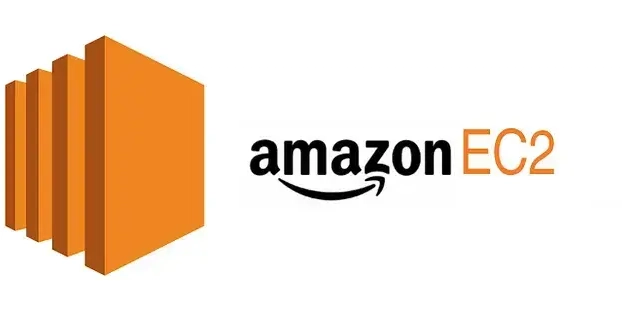
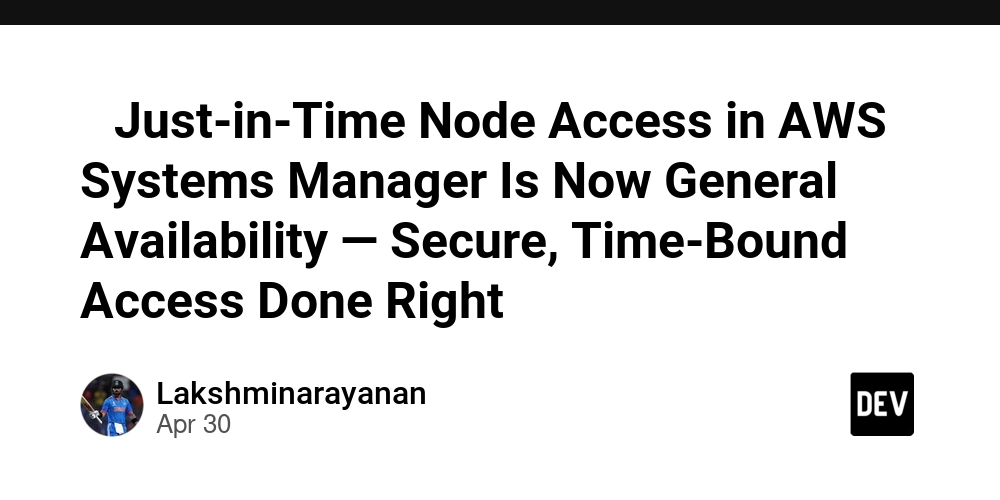
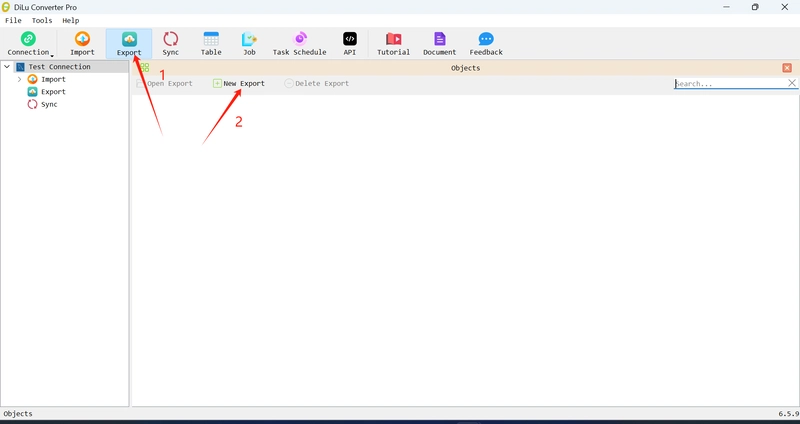























































































































.jpg?#)































_NicoElNino_Alamy.jpg?width=1280&auto=webp&quality=80&disable=upscale#)






























































































![Craft adds Readwise integration for working with book notes and highlights [50% off]](https://i0.wp.com/9to5mac.com/wp-content/uploads/sites/6/2025/04/craft3.jpg.png?resize=1200%2C628&quality=82&strip=all&ssl=1)











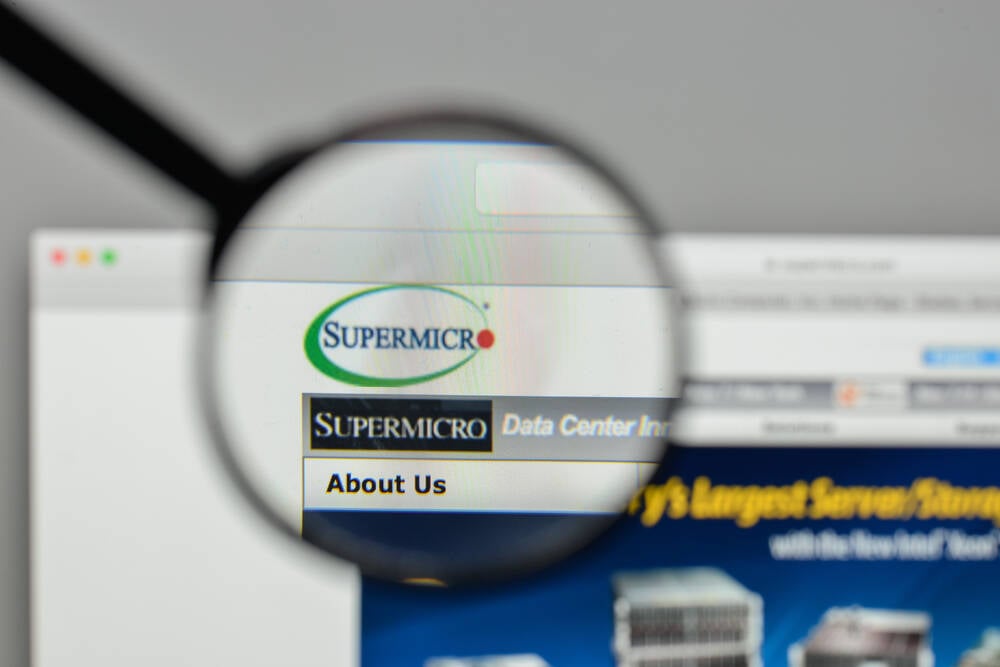



![Apple Restructures Global Affairs and Apple Music Teams [Report]](https://www.iclarified.com/images/news/97162/97162/97162-640.jpg)
![New iPhone Factory Goes Live in India, Another Just Days Away [Report]](https://www.iclarified.com/images/news/97165/97165/97165-640.jpg)



































































